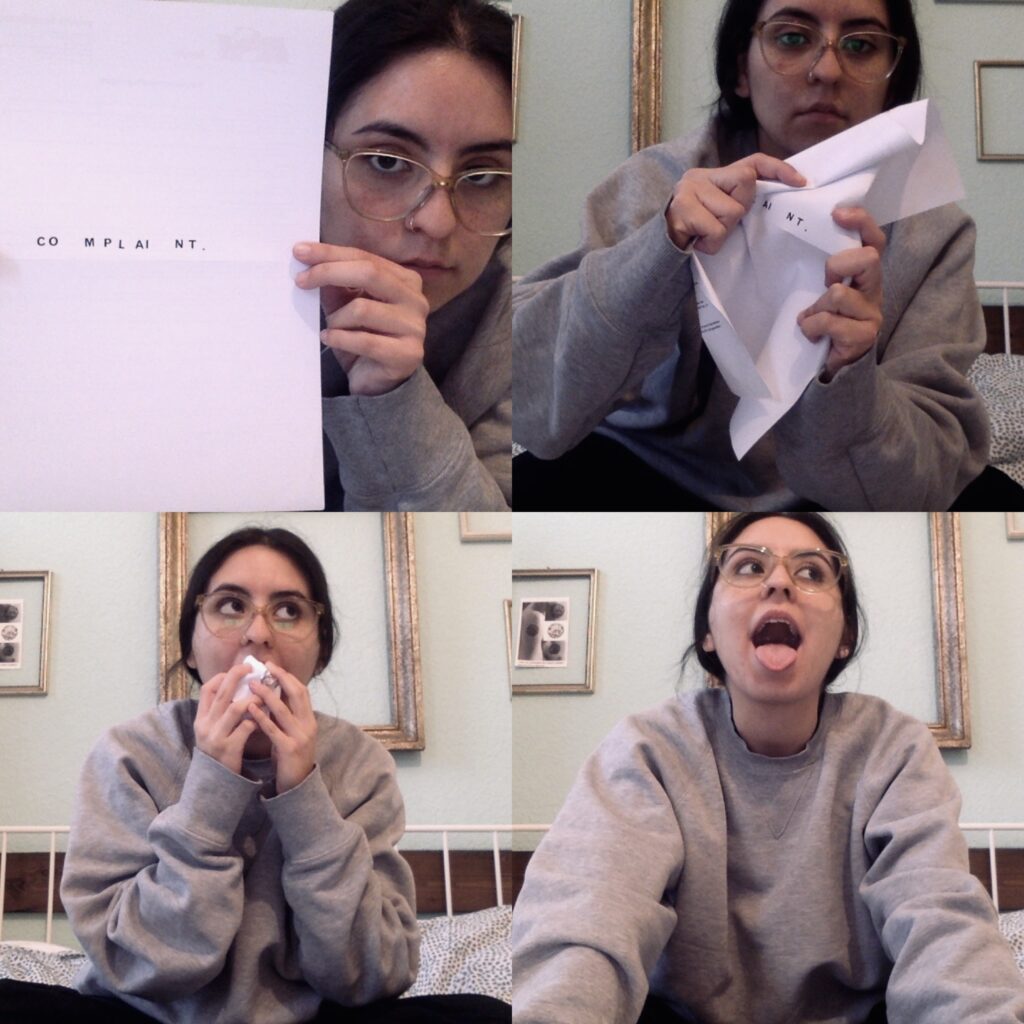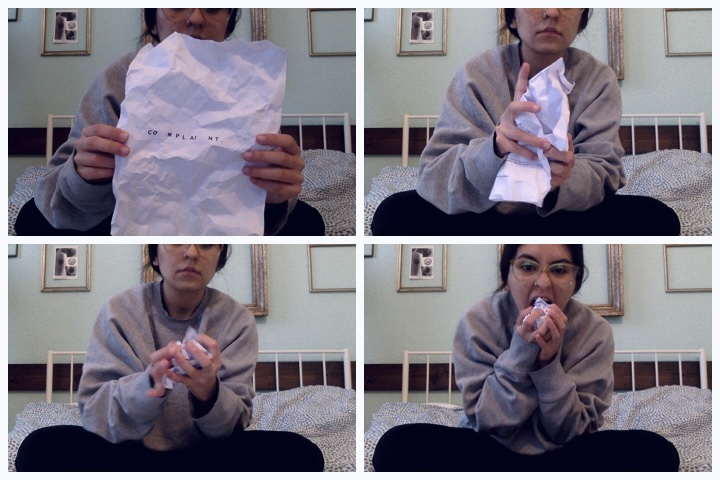Dem ersten Abschnitt der Lektüre von MIND THE GAP! (Ahmed 2021: Complaint!) kann ich nur zustimmen. Es erinnerte mich an viele ähnliche Erfahrungen. Es ist nicht einfach, eine Beschwerde einzureichen, und es kann viel Zeit und Mühe kosten. Wir müssen eine Menge zusätzlicher Vorbereitungen treffen, vor allem, wenn wir eine Beschwerde gegen eine größere Organisation einreichen wollen, z. B. gegen eine Regierungsbehörde, ein großes Unternehmen oder eine Universität. Obwohl es bei all diesen Organisationen eine Beschwerdestelle gibt, ist das Verfahren in der Regel recht kompliziert. Oder es gibt eine lange Wartezeit, bis man es fast vergessen hat.
Ich erinnere mich an einen Vorfall in China vor einigen Jahren, er wurde durch eine Fernsehserie bekannt. Die Fernsehserie hieß “Ren Min De Ming Yi” und war seinerzeit sehr beliebt. Es ging um den Prozess, in dem sich Menschen über Regierungsstellen beschweren. Das Fenster der Beschwerdestelle war sehr niedrig und überhaupt nicht ergonomisch gestaltet. Die Beschwerdeführer mussten also eine sehr schwierige Körperhaltung einnehmen, um mit dem Personal im Inneren zu kommunizieren. Diese Haltung führte dazu, dass die Person im Inneren überlegen wirkte (wie auf den Bildern unten zu sehen).
Außerdem konnte es sein, dass sich eine lange Schlange bildete, bevor man das Fenster erreichte. Dies nahm bereits einen Großteil der Zeit und Energie in Anspruch. Und doch musste man in einer so unbequemen Position kommunizieren, dass man es wahrscheinlich keine fünf Minuten aushalten konnte. Aber es konnte eine halbe bis eine Stunde dauern, um Unterlagen vollständig einzureichen. Und dann musste man nach Hause gehen und warten, bis man eine Nachricht für den nächsten Schritt erhielt. In einer solchen Situation hat die Person, die sich beschwert, vielleicht schon ein- oder zweimal aufgegeben. Es war wirklich eine schreckliche Erfahrung und sehr anstrengend. Der Prozess war sowohl eine psychische als auch eine physische Folter. Aufgrund der Ausstrahlung der Fernsehserie wurden diese Fenster inzwischen entfernt.
Dies ist nur ein Beispiel oder vielleicht nur eine Art von Schwierigkeit, die bei der Bearbeitung von Beschwerden auftritt. Und in der Tat gibt es wahrscheinlich Tausende von ähnlichen Schwierigkeiten wie diese. Daher ist es für eine Einzelperson sehr schwierig, sich bei einer Institution zu beschweren, und die Einzelperson wird immer die schwächere Partei gegenüber der Institution sein. Es ist nicht einfach, eine erfolgreiche Beschwerde einzureichen. Zwei Zitate aus dem Buch “Complaint!” lauten:
“It’s messy and it’s cyclical: you file the complaint, this process happens, which can cause another complaint.” (S. 37)
“Complaints end up referring to complaints; you have to keep dealing with what is not being dealt with; yes, once you start the process, it is hard to get out.” (S. 37)




